Safe swimming is safe fun! Safety always comes first!
This page is about pool safety and it is very important because it educates the public of the importance of safety around and in the swimming pool. Safety around the pool should be everyone's number one priority.
Here are some things you can do to make your pool safer and more fun:
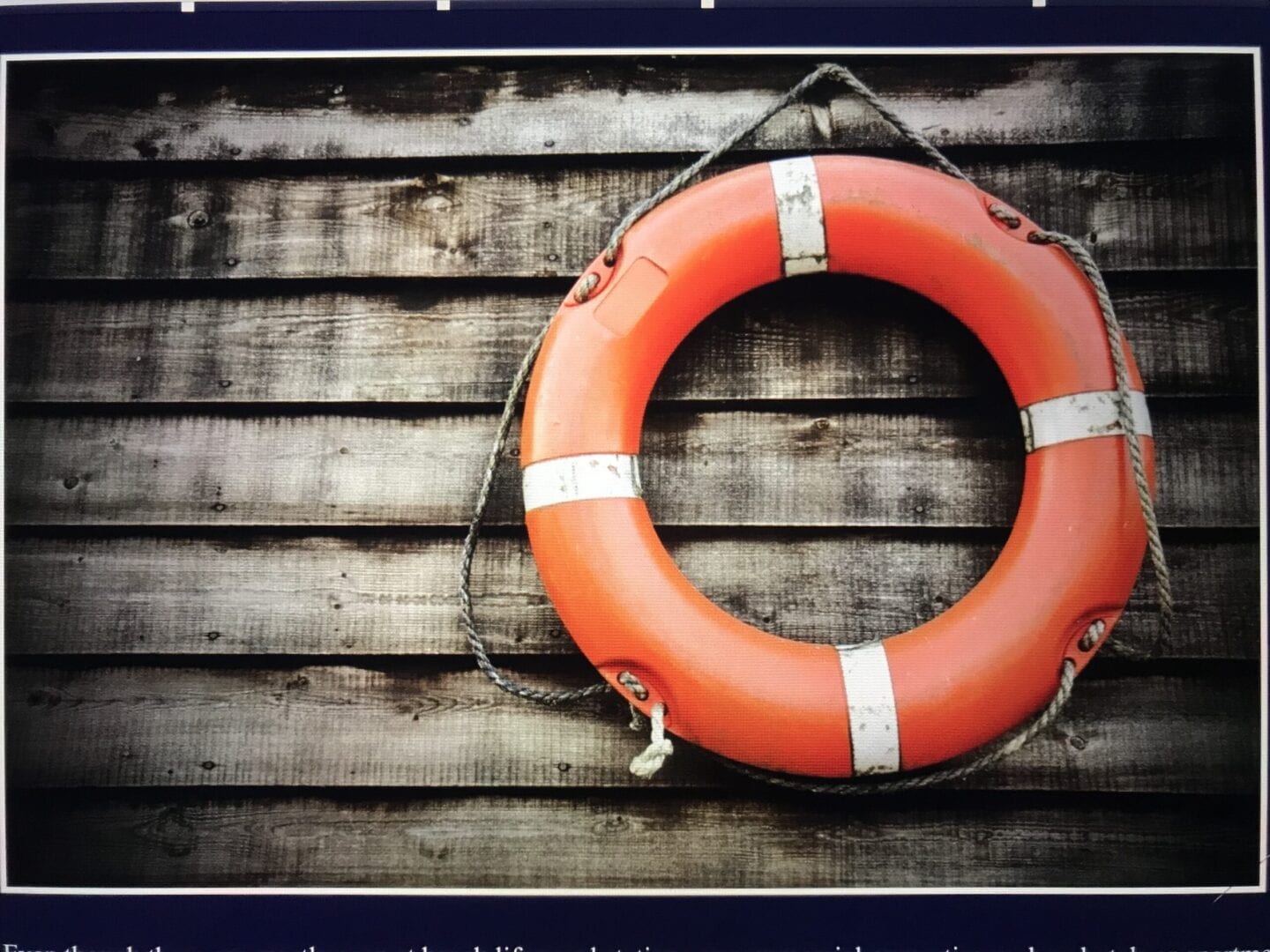
Even though these are mostly seen at beach life guard stations or commercial properties such as hotels or apartment complexes, homeowners should have these too. They are generally made out of a hard foam, or plastic with a rope attached to it. The rope is very important because it’s what allows you to pull someone back to the side of the pool. Make sure it has easy access because seconds matter.
(Cost): $40-60

Not just by anyone, but a “qualified” alert adult. Supervision is the most important safety factor. One can install all these high tech alarms, have ring buoy’s and shepard’s hooks, but what is the point if no one shows up to use these items if no one shows up when these items are needed the most.
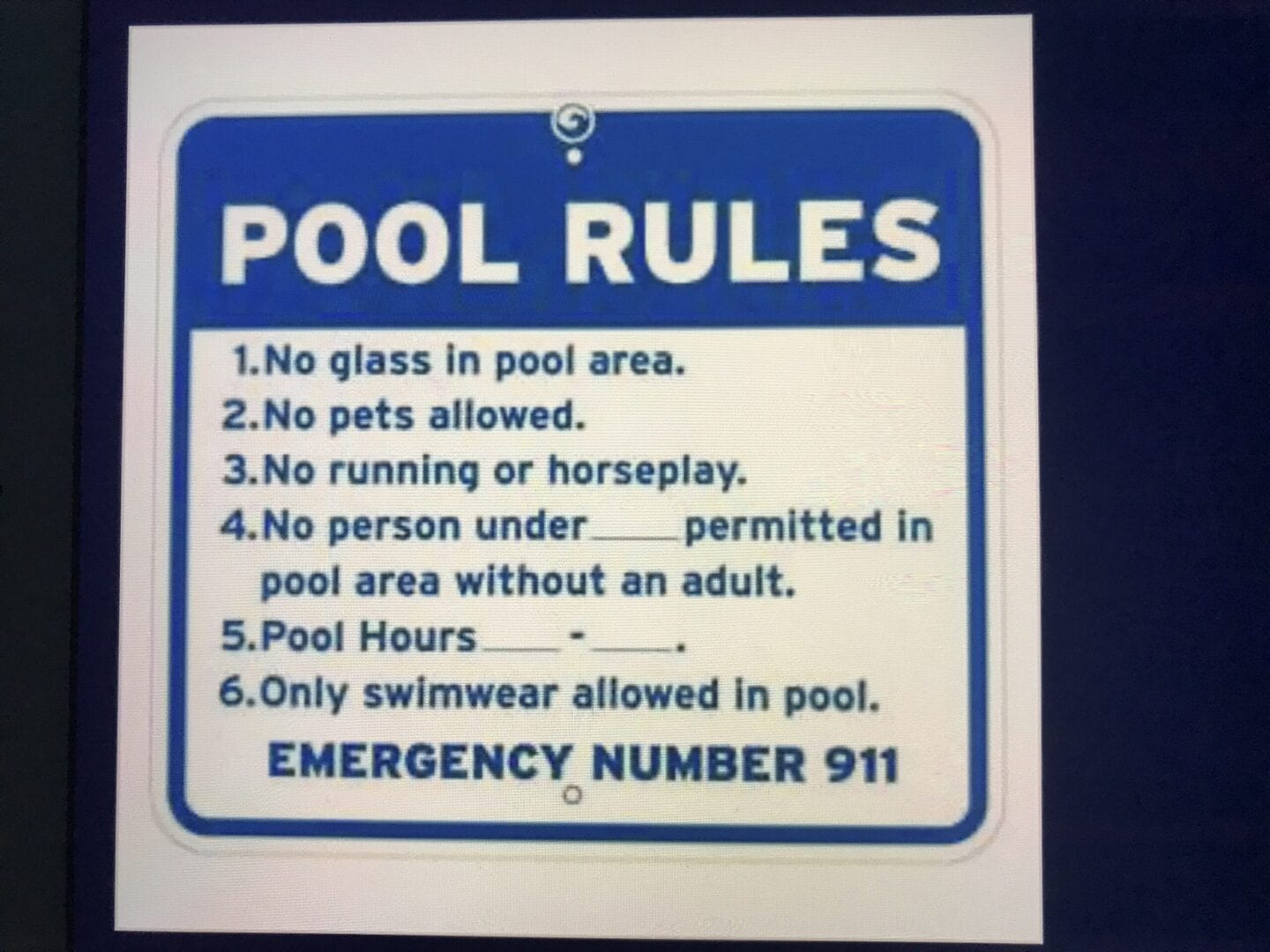
Explain to people using your Pool it’s for their best interest. If they are using your Pool they are your responsibility. The importance of making sure everyone is practicing safe behavior around the swimming pool is paramount. Make sure you enforce some rules such as:
1) No running around the pool
2) Stay away from drain covers
3) Do not swim alone
4) Do not swim after eating
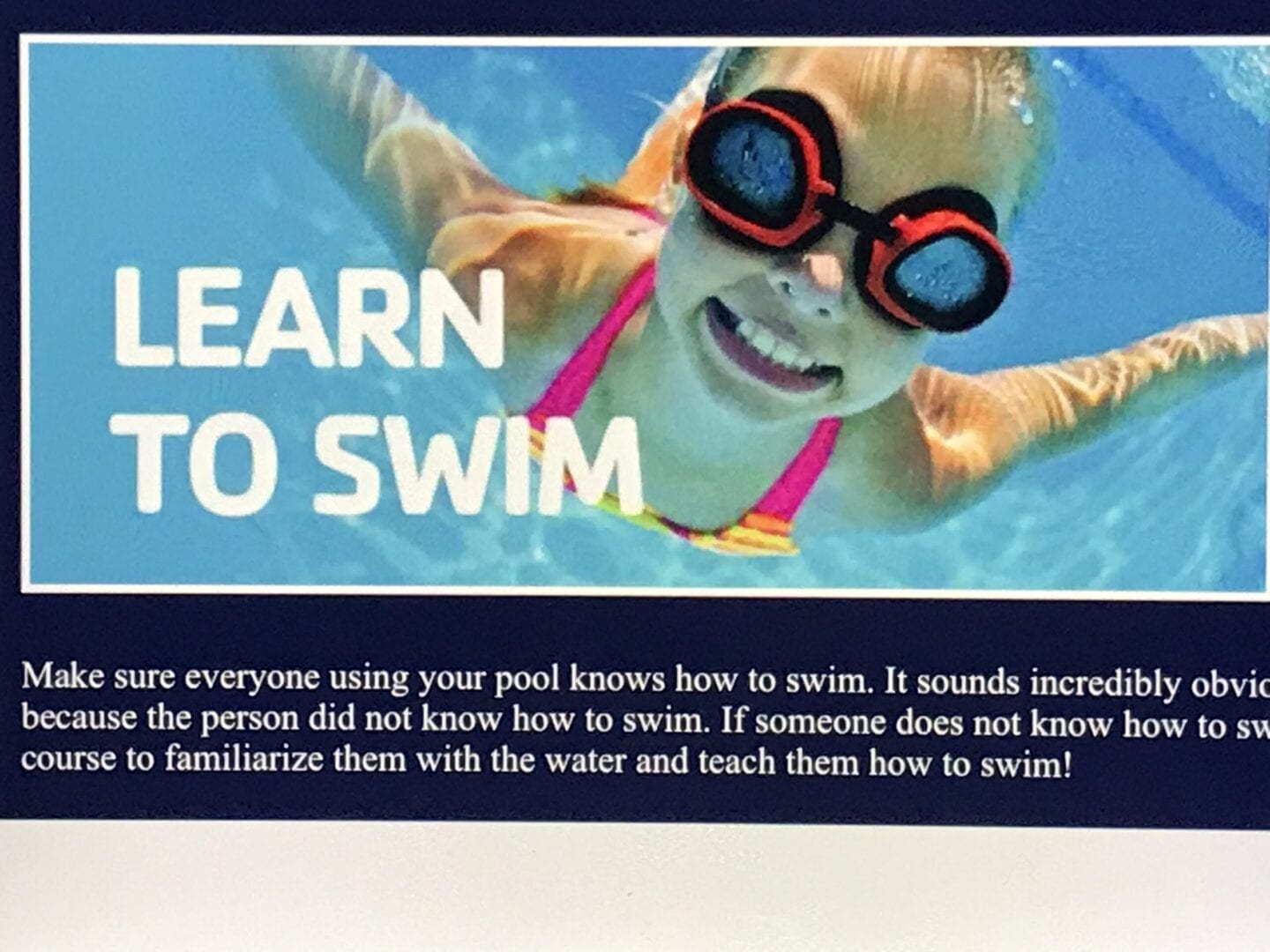
Make sure everyone using your pool knows how to swim. Most drownings occur because the person didn’t know how to swim. If someone doesn’t know how to swim, enroll them in a “learn to swim” course to familiarize them with the water and teach them how to swim!

An added safety bonus for making sure people are safe in your pool is to have a least one person there who has received training/certifications in water safety, first aid and CPR courses. This way, if an emergency occurs, you’ll have someone familiar with what to do until help arrives. It has saved countless lives over the years!
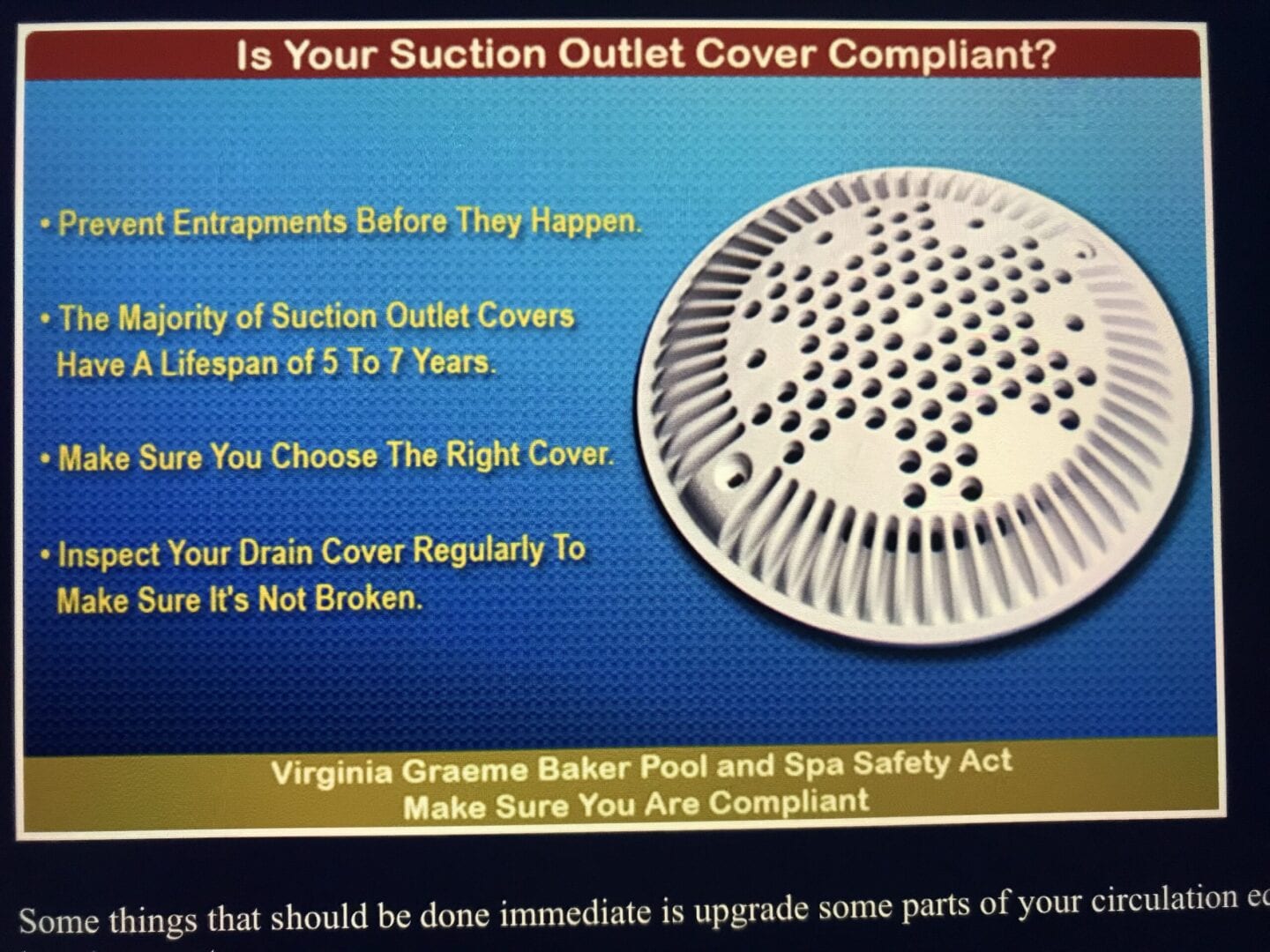
Some things that should be done immediately is to upgrade some parts of your circulation equipment to prevent a drowning due to entrapment.
1) Update your drain covers to VGBA (Virginia Graeme Baker Act) compliant drain covers. These drain covers are designed to prevent entrapment and drowning as a result. They are designed to not allow the body to cover the drain completely which would create a strong vacuum suction that would entrap the swimmer. Very important. Get your drain cover replaced ASAP.
2) Install a variable speed pump These pumps are designed to run at programmable speeds which is Huge for solving entrapment issues. The pump starts at a faster (greater suction) speed and then once it primes, it will lower the speed which in turn decreases the amount of suction at the drain. This pump also reduces your electric bill!

For younger children that are unable to swim unassisted it’s always a good idea to get a device that attaches to them to aid them in staying afloat. Here are some examples of some good floating swim aids:
1) Floaties – These go around each arm of the child and keep them above water
2) Floating Ring – This is something that wraps around the swimmers waist and keeps their upper body above the water.
3) U.S. Coast Guard Approved Life Jacket – This is something the swimmer wears that wraps around their upper body and secured by a zipper to ensure it stays on.
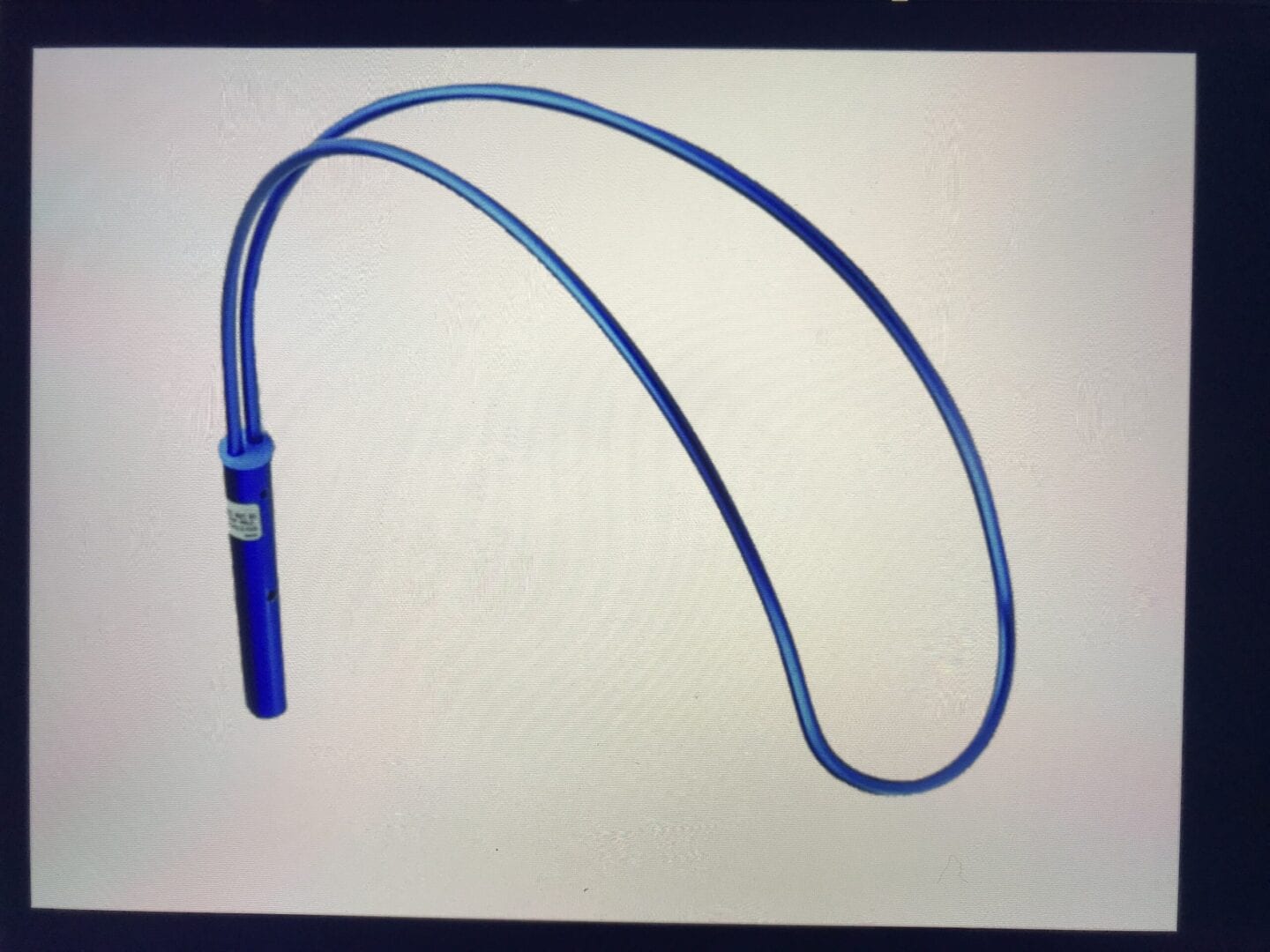
- Shepard's Hook – this is a very inexpensive safety tool. You’ll also see these at hotels and apartment complexes. It looks a bit like a loop hanging off of a pool pole. It is essentially a metal loop that attaches to a standard pool pole. The idea is that if someone is drowning, you can extend the loop out to them and pull them back to safety with your pool pole. Simple yet effective!
Cost: $30-$40
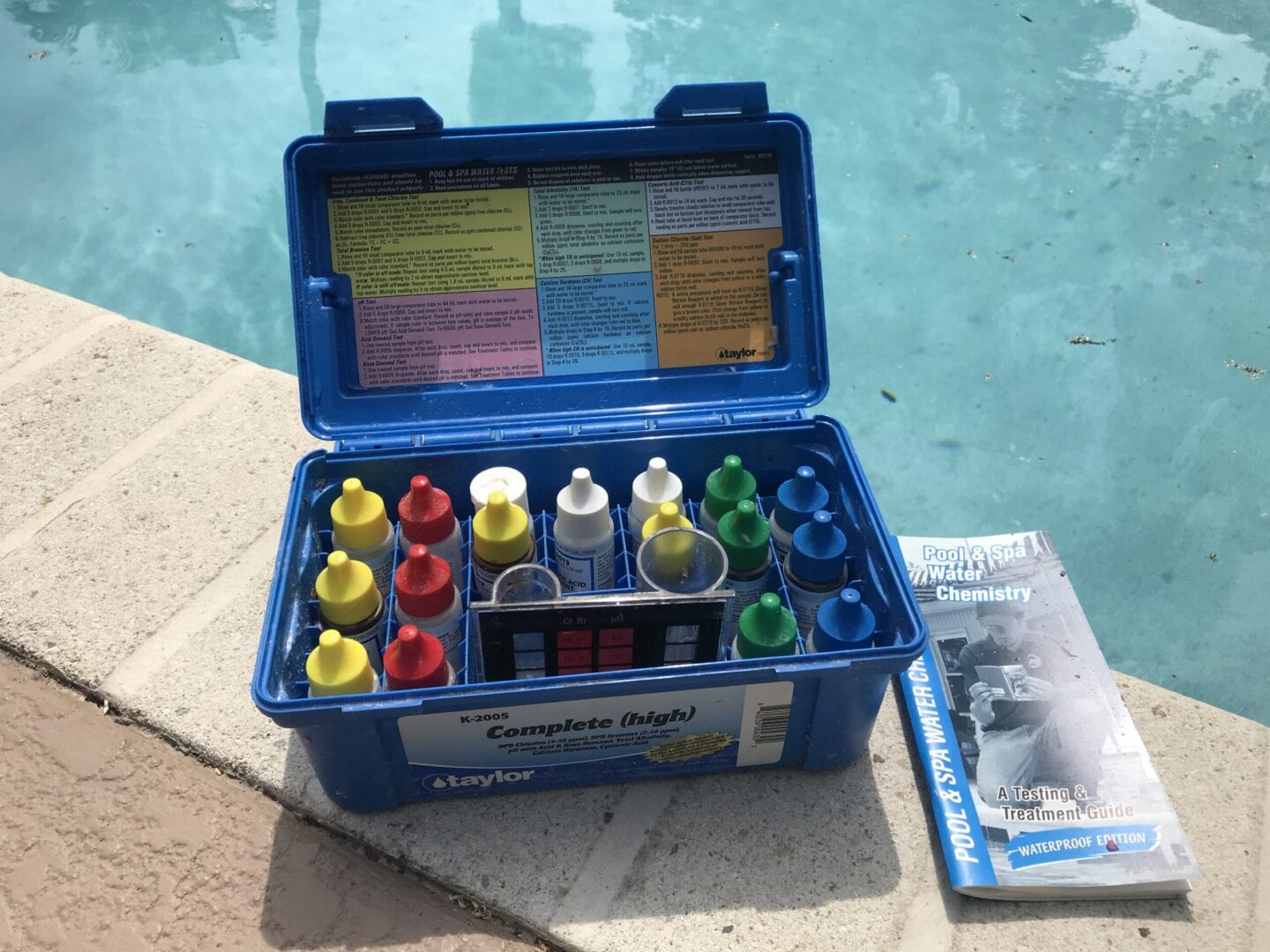
This is passive safety protocol that makes sure the water is clear and healthy for swimmers. Make sure all of the chemicals in the water are within the appropriate ranges to prevent infections and diseases. For this you need a very good test kit.
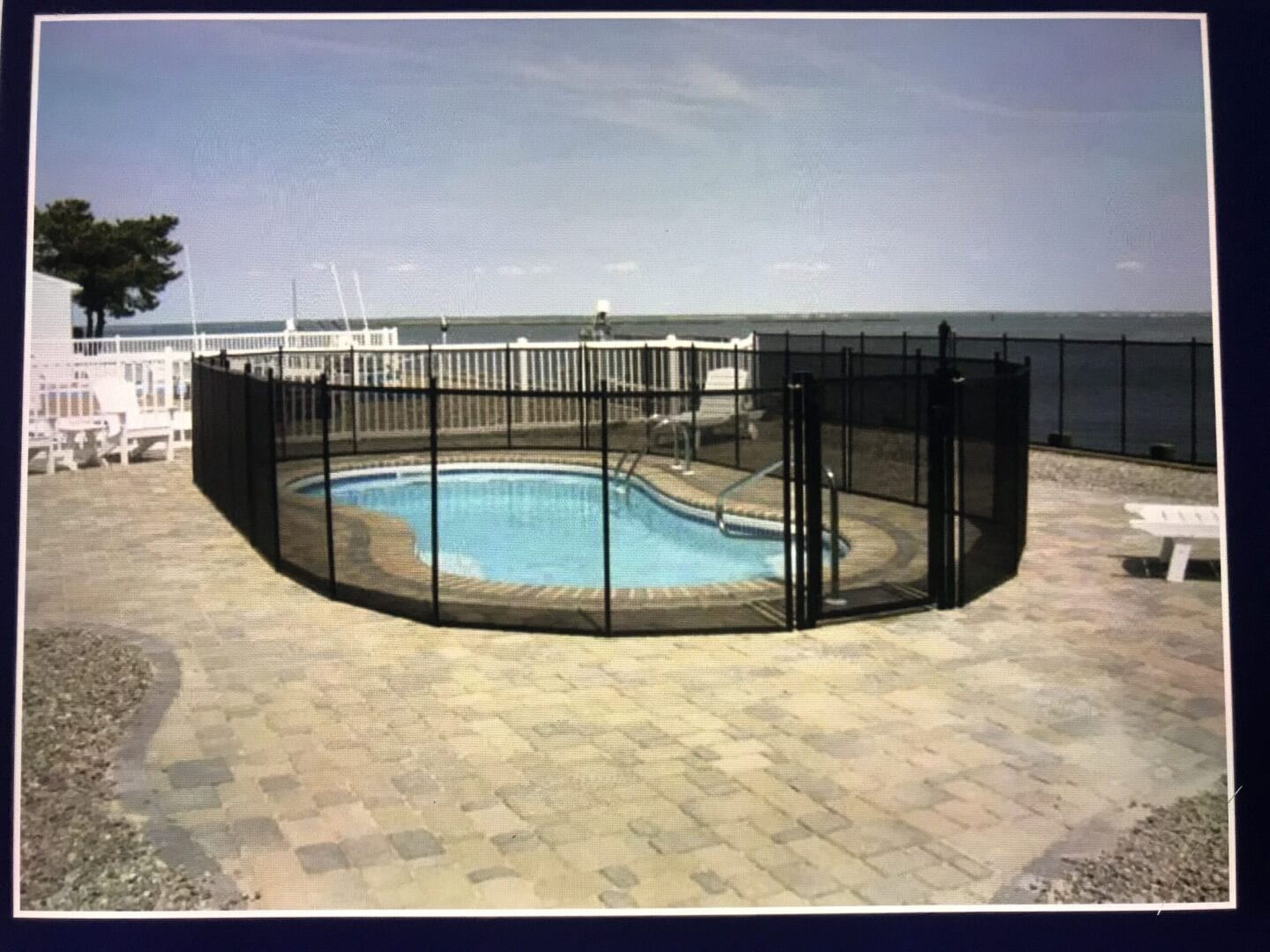
There is a huge benefit to installing a safety fence around your pool, especially if you have small children that are too young to understand the dangers of the pool. Any body of water is an attractive nuisance for small children. It is basically a mesh net that blocks children (or animals) from entering your pool unsupervised. The CPSC (Consumer Product and Safety Commission) recommends installing a fence that is at least 48 inches high and has a self-closing, self-latching child resistant gate.
Cost: Can depend on several variables
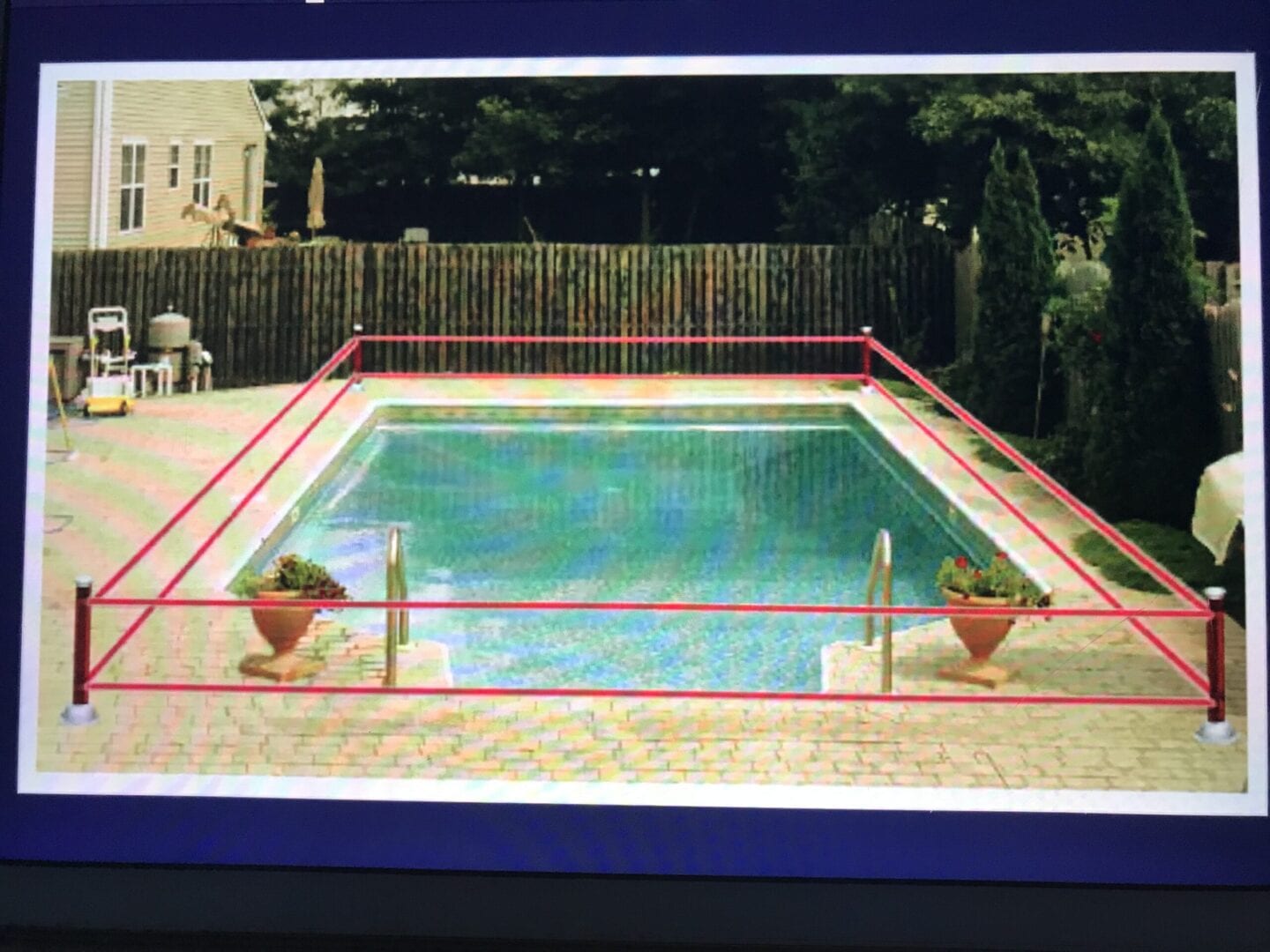
This is an extra layer of protection to keep everyone safe. These are audible alarms and there are 4 main types.
Wearable Alarms -This alarm is great and made mainly for small children. The child straps on their wrist a device that makes an alarm sound once the device gets submersed under water.
Pressure Sensitive Alarms This device sits on a pool deck and overhangs into the water via a tube. When waves occur, it activates the alarm. The amount of force required to activate the alarm varies, but is around 18 pounds.
Gate Alarm Similar to wireless home sensors, a magnetic field is utilized, and upon separation of the two magnets that comprise the magnetic field, the alarm will sound. Perfect if you have a safety fence and gate.
Perimeter Alarms Similar to invisible dog fences, if the invisible perimeter is penetrated, the alarm will sound.
Cost: Depends on which system(s) you choose.
